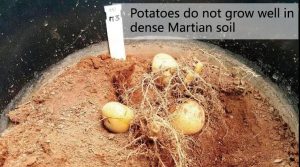
In 2016, in a hotel in the Netherlands, plant ecologist Wig Wemlink sat with dozens of his guests and enjoyed a unique meal. From the menu, the food is very ordinary, including mashed peas, potatoes, rye bread, radish foam and nettle soup, and carrot sorbet.
Why is it “unique”? It turned out that all these foods were grown in the soil that simulates Mars and the Moon. These soils are made of volcanic rock gravel on the earth-the gravel particles are divided into different sizes and mixed in the same proportions as the Martian soil (Martian soil data comes from the analysis of the Mars rover). Wemlink used “Martian soil” to grow 10 crops, including quinoa, cress, arugula and tomatoes.
Planting of “Martian soil”
This kind of soil was originally developed to simulate the environment of Mars and the Moon on Earth, and to test spacecraft and space suits to observe what they might appear on these stars. Few people think that these soils can be used to grow crops.
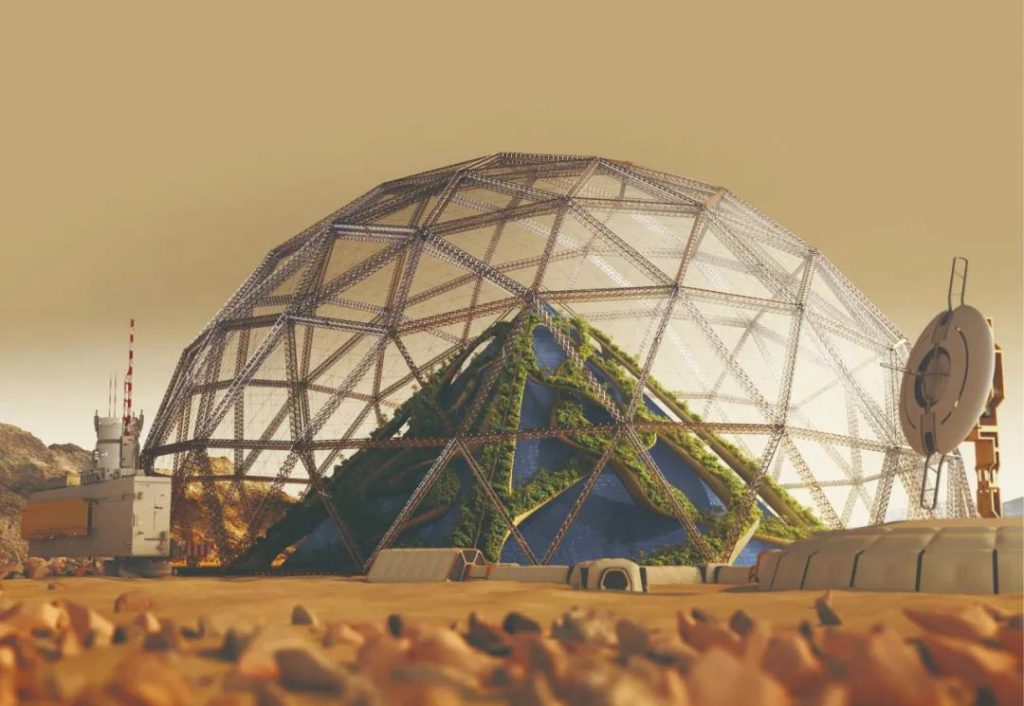
In the beginning, people worried about the texture of the soil. Especially in the early days, scientists planted in simulated lunar soil, but failed. “Lunar soil” does not seem to be suitable for crop growth-it is some extremely small, sharp abrasive rocks that pierce the roots of crops.
But on the soil that simulates Mars, the planting of crops succeeded. Wemlink said that in terms of nutrition, there is no difference between food from “Martian soil” and food from earth’s soil; in terms of taste, “Martian tomato” is even sweeter than “earth tomato”.
Wemlink is currently experimenting with adding nitrogen-rich human urine to “Martian soil” to increase crop yields. After all, if human beings are to perform any mission related to the “Red Planet”, the resource of “urine” is very easy to obtain. He also plans to add bacteria to these soils to absorb and fix more nitrogen in the (Martian) atmosphere, and to absorb the toxic perchlorate present in the soil.
At Villanova University in the United States, researchers launched a “red thumb” project, which planted many crops on simulated Martian soil. These “Martian soil” materials come from rocks in the Mojave Desert in California, USA. They added earthworms to the soil because earthworms have the ability to release nitrogen from dead organic matter.
Researchers have grown tomatoes, garlic, spinach, basil, kale, lettuce, arugula, onions and radishes on the “Martian soil”. The quality of the harvest varies. Among them, kale is more successful-it grows better in the “Martian soil” than in the local soil.
The “Red Thumb” project also became global hot news in 2018. At that time, the international media was excited about the prospect of “Mars Beer” because the project successfully planted barley and hops.
Failed potatoes
Potatoes are a very ideal food for people because they can provide higher calories. Therefore, researchers at Villanova University are also trying to grow them on the “Martian soil”, but unfortunately they failed: potatoes like loose soil. After being watered, the “Martian soil” became thick and airtight. As a result, the potatoes “suffocated and died.”
The researchers said that the key to the success of simulating Martian planting may lie in how to choose crops-a variety of different crops should be selected, which can enjoy a richer natural ecosystem instead of a single species ecosystem.
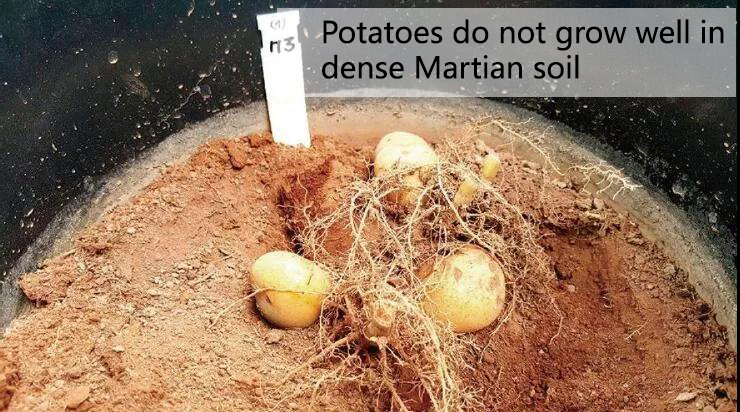
Even on the earth, agricultural monoculture often suffers losses over time. The nutrients necessary for the growth of a certain crop in the soil will be reduced after each harvest. If you do not plant other crops, these nutrients will even be exhausted.
To offset this effect, farmers often introduce secondary species in the same planting area. They have shallow root systems and therefore cannot compete with major crops, but they can still provide additional nitrogen fixation to improve soil fertility. Researchers are now planning to test this by mixing soybeans and corn with quinoa (a leafy vegetable).
Limitations of simulated soil
A scientist from the European Space Agency pointed out that no matter how successful these projects are, simulated soils always have very realistic limitations. These soils are only simulated on the basis of the current understanding of Mars, and it may be different from the soils of any location on the surface of Mars. We always choose the raw materials for simulation very carefully, but it is difficult to present all the characteristics of Martian soil in a single simulation.
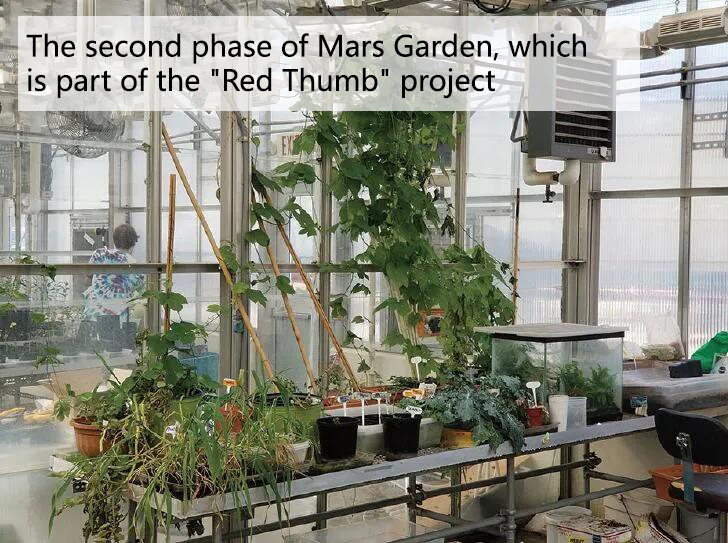
The only way to solve this problem is to collect real samples from the surface of Mars and send them back to Earth.
On July 30, 2020, NASA’s “Perseverance” rover set off for Mars. The target was the “Jezero Crater” area on the “Red Planet” (a 45-kilometer-wide, nearly 500-meter-wide area formed by an asteroid impact). Deep crater)-it is home to many rocks of interest. According to the plan, “Perseverance” will spend up to 10 years on this most fertile land to analyze its surface.
For those who wish to grow crops on Mars, it is crucial that the rover will collect samples of rocks and soil, store them, and send them back to Earth for analysis someday. Before that, we could only use simulated Martian soil.
Obstacles to Mars cultivation
Even if a suitable “Martian soil” is developed, there are other challenges to overcome.
One of the challenges is that Mars is about 70 million kilometers away from the sun than the earth is. Therefore, the sunlight on Mars has only 43% of the energy of the earth’s sunlight, and its average temperature is around -60°C. In addition, due to the inclination of Mars itself and the elliptical height of its orbit around the sun, its seasonal changes are very obvious and intense.

Another challenge is the atmosphere of Mars. It is much thinner than the earth’s atmosphere and lacks nitrogen, which is essential for plant growth. In photosynthesis, carbon dioxide is very important, but the concentration of carbon dioxide on Mars is so low that any crops growing on its surface cannot make full use of it to stimulate growth.
In addition, the thin atmosphere will expose its soil to cosmic radiation, creating an unfavorable environment for all microorganisms (these microorganisms can recover nutrients from dead plants).
Astrobiologists pointed out that solar radiation can activate the chlorine compounds in Martian soil, turning them into toxic perchlorates. If these toxic substances enter the human body, it may cause hypothyroidism, thereby preventing the release of metabolic regulation hormones.
Also, the toxic heavy metals found in Martian soil, such as cadmium, mercury, and iron, also pose challenges. Although these heavy metals are not a problem for plants (because they can store them in a certain part), if we humans eat these plants, it is a “big problem”.
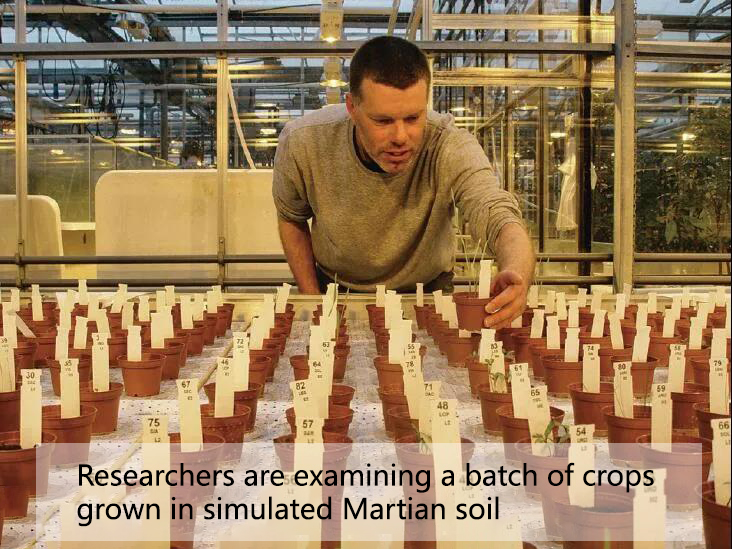
From this point of view, it is not easy to grow crops on Mars, but we seem to have another choice: the soilless cultivation technology that has been used on Earth at present-the plants are suspended in the air and sprayed with nutrient mist on the roots; and Hydroponics-immerse plant roots in nutrient solution.
These methods can produce larger, faster-growing crops, and have been successfully used to grow lettuce on the International Space Station. In fact, the astronauts were very satisfied with the harvest of these lettuce, and they ate a lot. But the biggest problem with these lettuce is that the calories are too low.
Therefore, high-calorie potatoes have once again attracted people’s attention, but it is very difficult to grow potatoes in water. If you want to live on Mars, planting on Martian soil is always a problem that needs to be solved. After all, for any pioneering astronaut who lives tens of millions of kilometers away from home, adequate nutrition is invaluable both physically and psychologically.
Comments